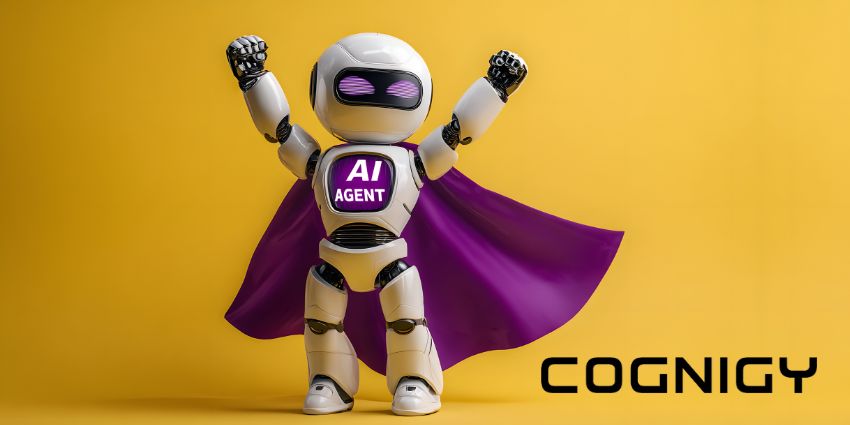From a largely youthful state, speech analytics is poised to become a mature market by 2025, valued at $3.8 billion globally.
It signals a whole new way of performing contact centre operations, where agents alone aren’t tasked with listening to and decoding customer conversations. Instead, speech analytics tools share the responsibility, ensuring that every customer’s voice is heard and dominant trends from across conversations – regardless of contact centre location, the handling agent, or time of day – are mapped accurately. To achieve these benefits, it is vital that organisations understand how speech analytics tools process data and which are the use cases for the application.
How Does Speech Analytics Extract Data from Calls?
Speech analytics can be defined as a set of technologies and statistical algorithms that convert unstructured conversations into structured, analytics-ready data. It achieves this via:
- Phonetic indexing – Breaking down the call into phonemes or syllable units, and reassembling them into a transcript
- Large-Vocabulary Continuous Speech Recognition (LVCSR) – Mapping each spoken unit against a predetermined vocabulary of 50,000-100,000 words
- A hybrid approach – First applying phonetic indexing and then categorising via LVCSR
Defining an appropriate vocabulary is the first step towards meaningfully leveraging data from speech analytics, as it makes sure that the insights are generated in a comprehensible natural language and requires minimal effort to understand.
Key Analysis Methodologies
There are a number of ways you could go about studying the data surfaced by a speech analytics tool. The first (and most common) approach is to use NLP to look up specific keywords and phrases in your database – also called linguistic analysis. Statistical analysis gives you the number of times a keyword or phrase appears across conversations. Context visualisation is also helpful, as it highlights the most frequently occurring words and phrases used in conjunction with your chosen keyword.
Choose a technique in sync with your use case: for example, if you are trying to get to the root cause of payment issues, contextual visualisation could reveal associated problems like “transaction number incorrect” or “too slow.”
Leveraging Speech Analytics Data in Real-Time
One of the massive ROI generating opportunities for speech analytics is through real-time application. There are tools that can process call data even as the agent and customer are conversing, intervening with suggestions and automated actions during the live call’s duration.
For example, it might detect that the customer has pre-emptively shared their social security number as a means of self-identification, and redact the data in the recording as well as transcription. The speech analytics dashboard could display dynamic sentiment levels throughout the call, and it can automatically trigger an intervention (like dialling a supervisor) if it anticipates an escalation.
To leverage data in this manner, companies can:
- Train agents to read, decode, and act on the insights surfaced by real-time speech analytics
- Configure automation rules so that speech analytics data can trigger the appropriate workflow
Finally, it is vital to treat speech analytics data like any other actionable data insight available in your contact centre – and assign to it clear KPIs such as dead air, escalation frequency, script adherence, etc.







